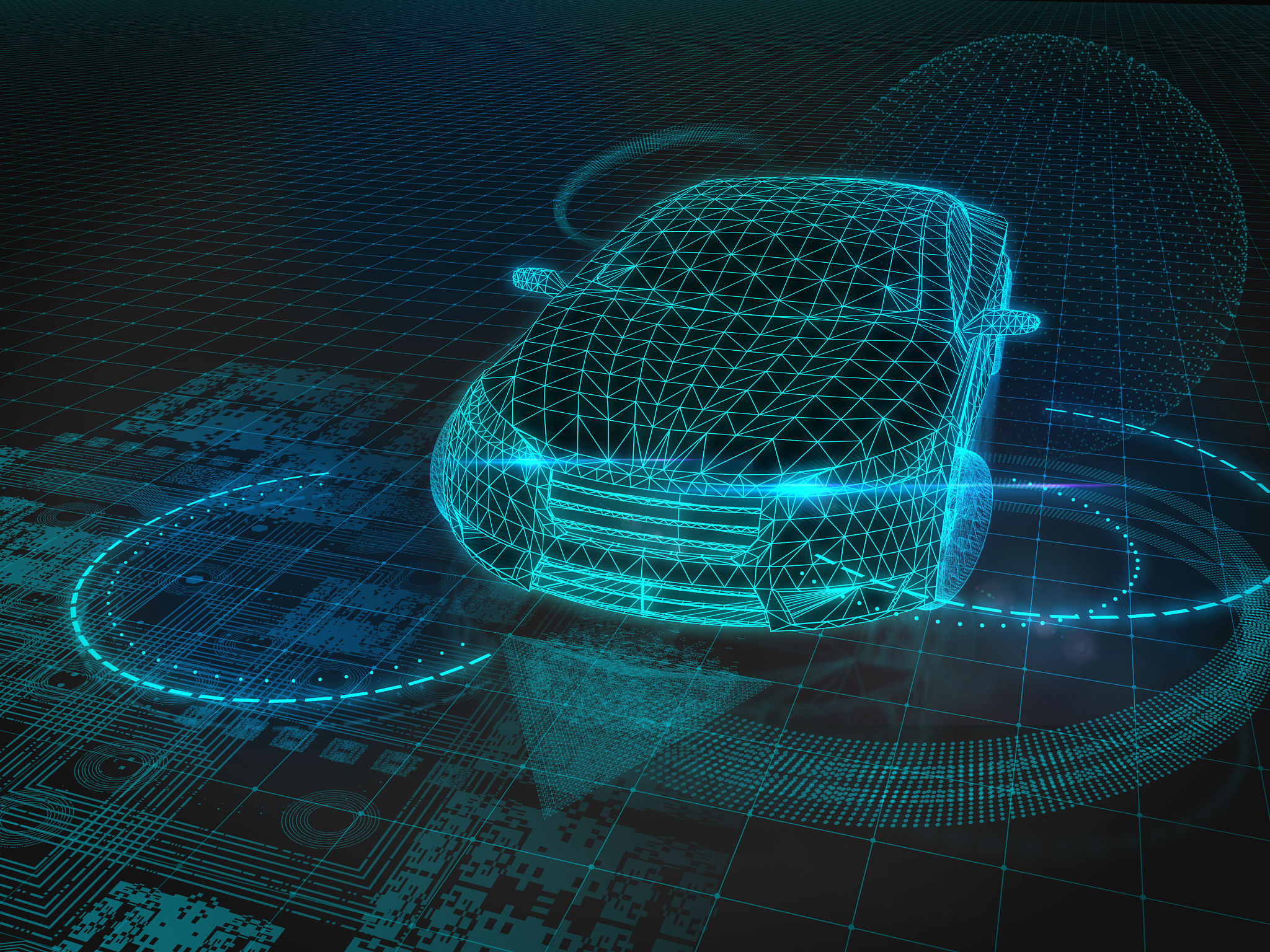Innovative Trends in Scientific Analysis Devices: What to Expect
Introduction to Scientific Analysis Devices
In recent years, the realm of scientific analysis devices has witnessed a surge of innovation, transforming the way researchers and professionals conduct experiments and analyze data. From compact portable instruments to sophisticated laboratory equipment, these advancements are not only enhancing accuracy but also streamlining processes.

Miniaturization and Portability
One of the most significant trends in scientific analysis devices is the miniaturization of technology. These compact devices are designed to be portable, allowing researchers to conduct field studies and gather data in real-time. This evolution is particularly beneficial in environmental science and healthcare, where on-site analysis can lead to faster decision-making and improved outcomes.
Portable spectrometers, for instance, are now available for a fraction of the size and cost of traditional models. They enable researchers to perform rapid analysis of chemical compositions without the need for extensive laboratory setups. Such devices are revolutionizing the way data is collected and analyzed across various disciplines.
Integration of Artificial Intelligence
The integration of Artificial Intelligence (AI) into scientific analysis devices is another groundbreaking trend. AI algorithms are being employed to enhance data interpretation, identify patterns, and predict outcomes. This capability not only increases the efficiency of research but also minimizes human error, leading to more reliable results.

Devices equipped with AI can learn from previous experiments and refine their analysis over time. This continuous learning process helps in optimizing experimental designs and can significantly reduce the time required for research and development.
Advancements in Sensor Technology
Sensor technology is at the forefront of innovation in scientific devices. With advancements in sensor accuracy and sensitivity, researchers can now detect minute changes in various parameters with unprecedented precision. These sensors are being used across multiple fields, including medicine, environmental monitoring, and industrial applications.
For instance, biosensors have become crucial in medical diagnostics, enabling the rapid detection of diseases through minimal sample sizes. The development of highly sensitive sensors is paving the way for personalized medicine, where treatments can be tailored based on individual patient data.

Cloud Connectivity and Data Sharing
Cloud connectivity is transforming how data from scientific analysis devices is stored and shared. Devices are increasingly being designed to connect seamlessly with cloud platforms, allowing researchers to access their data from anywhere in the world. This connectivity facilitates collaboration among scientists, fostering a more integrated approach to research.
The ability to share data instantly with peers around the globe accelerates the pace of discovery and enables cross-disciplinary innovations. It also ensures that data is securely stored and backed up, reducing the risk of data loss.
Future Prospects
As we look to the future, the potential for further innovation in scientific analysis devices is immense. Emerging technologies such as quantum computing and nanotechnology hold promise for even more powerful analytical tools. These advancements could lead to breakthroughs in understanding complex scientific phenomena and solving global challenges.
The continuous evolution of these devices will undoubtedly shape the future of scientific research, making it more efficient, accurate, and accessible. Researchers and professionals must stay abreast of these trends to leverage the full potential of modern scientific analysis tools.
